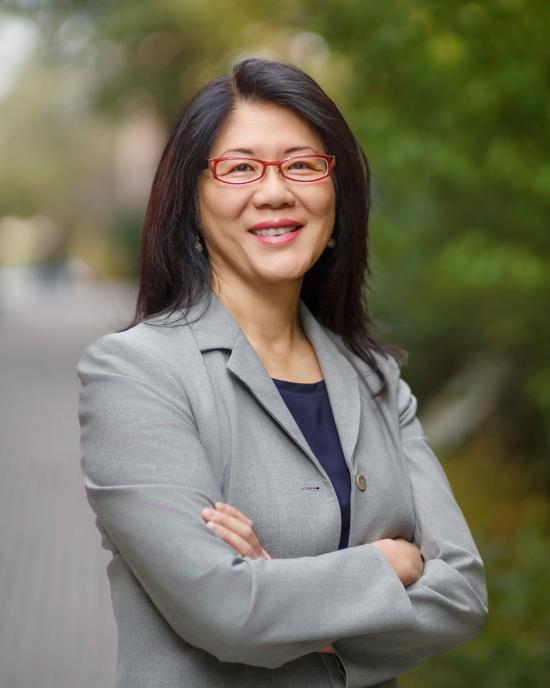Publication
A systematic review and assessment of algorithms to detect, characterize, and monitor urban land change
On This Page
Historically, change detection reviews have examined and categorized algorithms based on their techniques for the remote sensing community. Here, we synthesize urban land change algorithms by the types of information they provide to a diverse and growing set of user communities. Two goals of the paper are first to synthesize past and current change detection studies to examine urban land change to help users of remote sensing algorithms understand and navigate the vast variety of available methods, and second to identify gaps in knowledge for the urban remote sensing community. We analyzed 644 peer-reviewed research papers published in English-language journals and conducted a systematic review of urban land change algorithms. All papers included in our study focus on urban land change; studies that concentrate on single-date urban classification or mapping for one point in time without an explicit urban land change component are not included in this analysis. The review showed five key results and knowledge gaps. First, most urban change detection algorithms are being developed and applied for only a few regions, with 75% of studies focused on high or upper-middle-income countries and the majority of these on China or the United States. This suggests a major gap in geographic coverage as well as the need for more studies on cities in low and lower-middle-income countries. Second, the results show that 41% of the algorithms have been developed or applied for cities of over 5 million inhabitants. This focus on large cities is problematic given that only 11% of the world's urban population lives in cities with populations greater than 5 million and that most future urban growth will occur in small- and medium-sized towns and cities with populations of fewer than 1 million people. Third, our analysis shows that 62% of the studies use three or fewer time points to measure urban land change with an average study length of 17 years. Since rapidly growing urban areas are highly dynamic, this suggests that existing algorithms using only a few time points are likely missing urban transitions that can only be captured with high temporal frequency analysis. Fourth, we find that urban expansion is the most commonly monitored type of urban land change. Comparatively fewer studies characterized intra-urban change or three-dimensional structural change. Fifth and finally, the results show that an overwhelming majority-87%-of all studies identify only one urban class, highlighting a need for more studies that distinguish intra-urban variation and differentiate multiple urban classes. Our analysis shows that it is very difficult-nearly impossible-to compare across algorithms. Thus, for users of urban land change information, it is difficult to navigate the literature and know which algorithms are most appropriate for a particular use. Taken together, this points to the need for improved reproducibility, replicability, and comparability of studies in order to help harmonize urban land change information across regions and countries. This is especially important given the growing user communities of urban land change products and analysis, especially from policy and practice.
